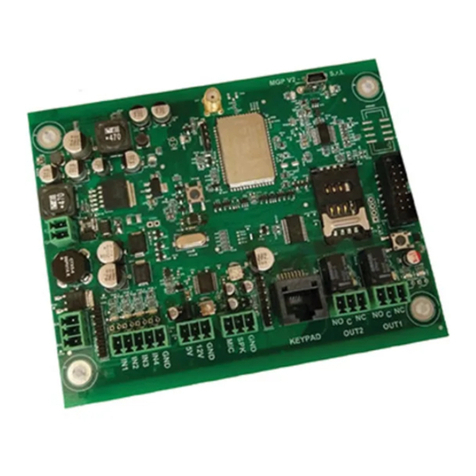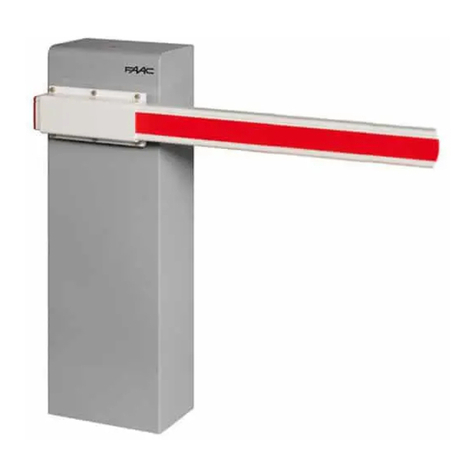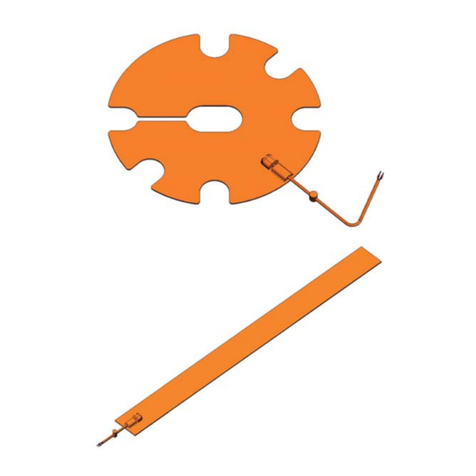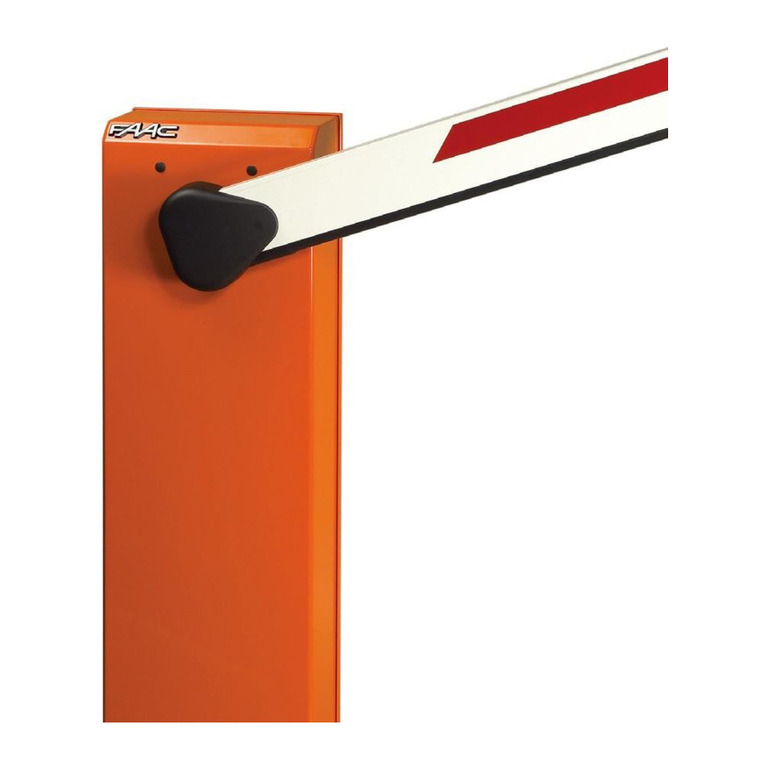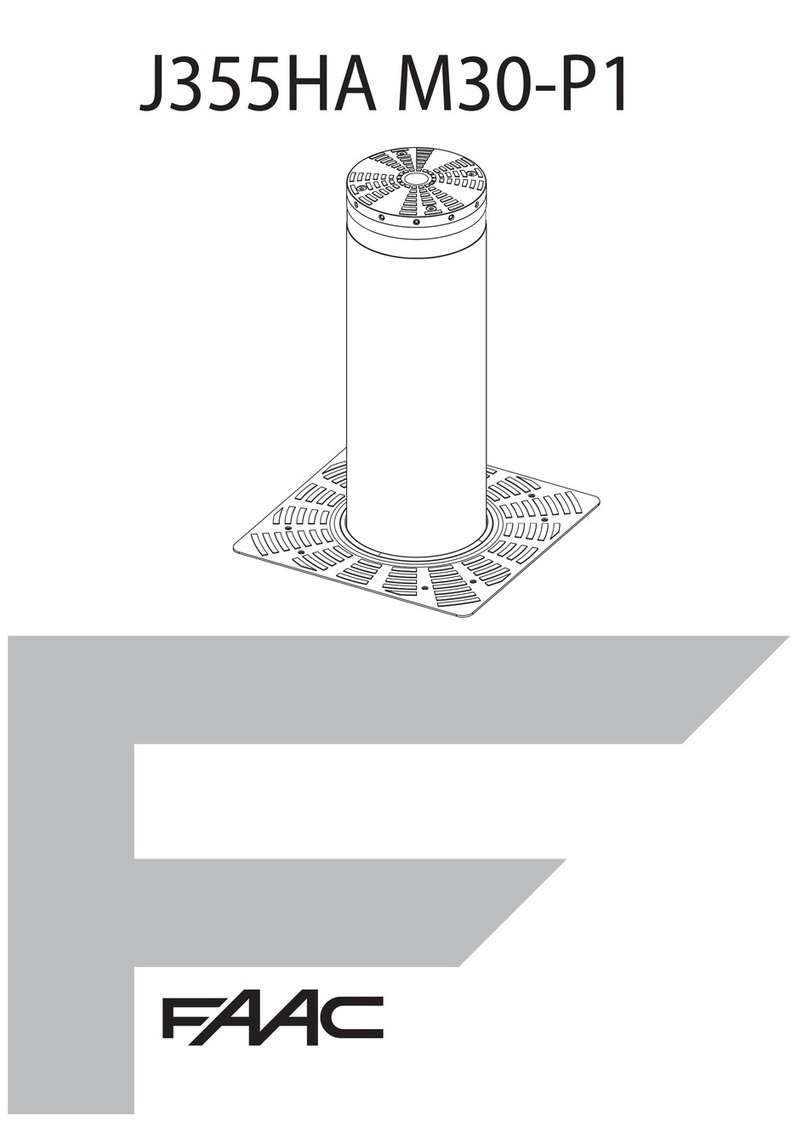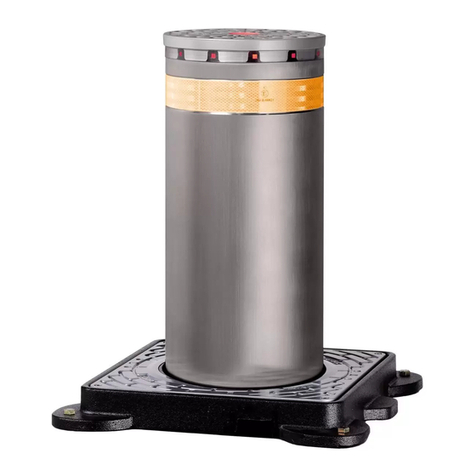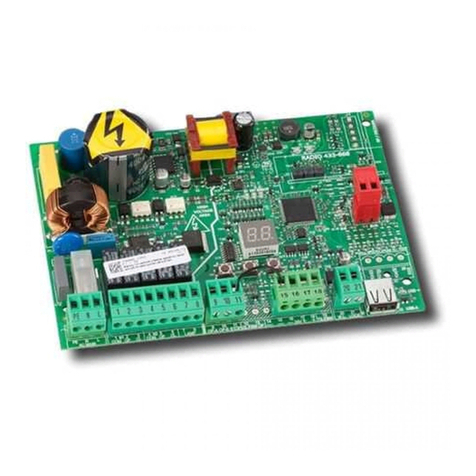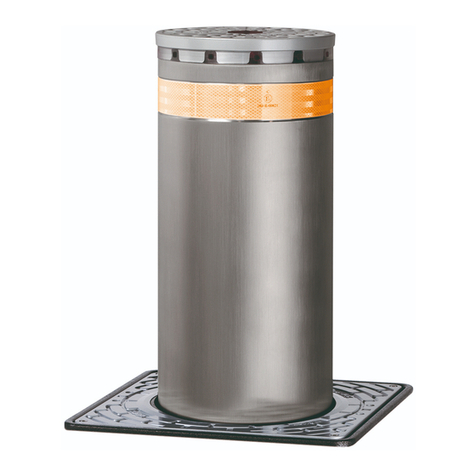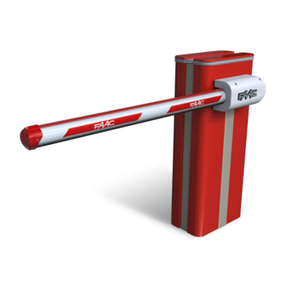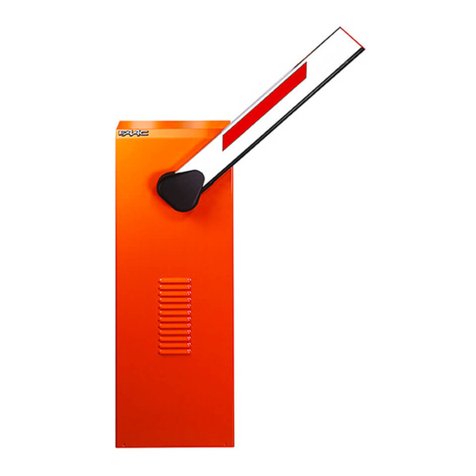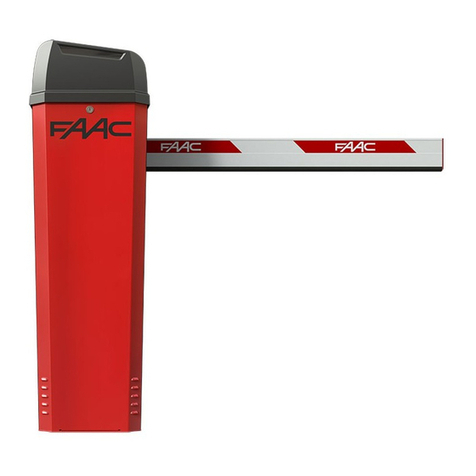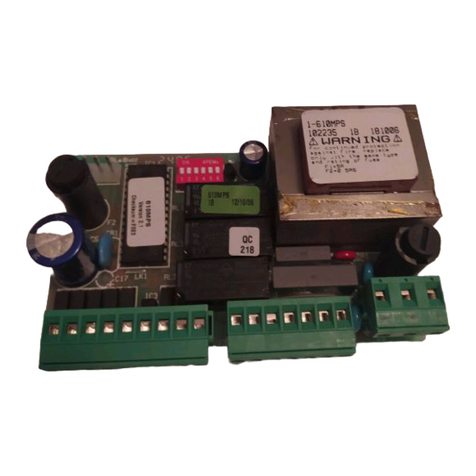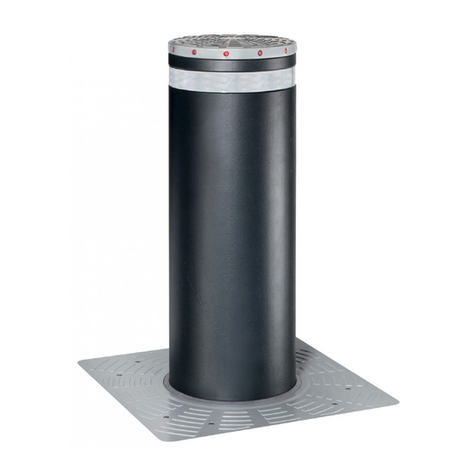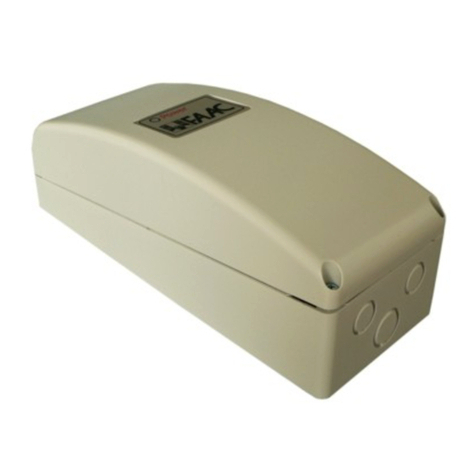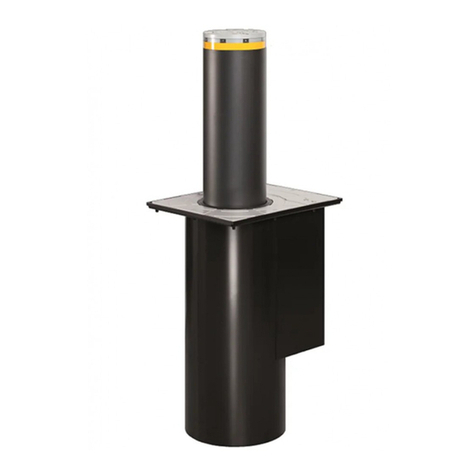
J275 2K HA 4 532208 - Rev.A
Translation of the original instructions ENGLISH
This manual provides the correct procedures and requirements for
installing J275 2K HA and maintaining it in a safe condition.
When drafting the manual, the results of the risk assessment con-
ducted by FAAC S.p.A. on the entire product life cycle have been taken
into account in order to implement effective risk reduction measures.
The following stages of the life cycle of the product have been con-
sidered:
-Delivery/handling
-Assembly and installation
-Set-up and commissioning
-Operation
-Maintenance/troubleshooting
-Disposal at the end of the product’s life cycle
Risks arising from installation and using the product have been taken
into consideration; these include:
-Risks for the installation/maintenance technician (technical
personnel)
-Risks for the user of the automation system
-Risks to product integrity (damage)
In Europe, the automation of a bollard falls under the Machinery
Directive 2006/42/EC and the corresponding harmonised standards.
Anyone automating a bollard (new or existing) is classified as the
Manufacturer of the Machine. They are therefore required by law,
among other things, to carry out a risk analysis of the machine (bol-
lard in its entirety) and take protective measures to fulfil the essential
safety requirements specified in Annex I of the Machinery Directive.
FAAC S.p.A. recommends that you always comply with standards
EN 12453 and EN 12445 and in particular that you adopt the safety
criteria and devices indicated in these standards, without exception,
including the dead-man function.
This manual also contains general information and guidelines, which
are purely illustrative and not exhaustive, in order to facilitate the ac-
tivities carried out by the Manufacturer of the Machine in all respects
with regard to carrying out the risk analysis and drafting the instruc-
tions for use and maintenance of the machine. It should be clearly
understood that FAAC S.p.A. accepts no liability for the reliability and/
or completeness of the above instructions. As such, the manufac-
turer of the machine must carry out all the activities required by the
Machinery Directive and the corresponding harmonised standards
on the basis of the actual condition of the locations and structures
where the product J275 2K HA will be installed, prior to commission-
ing the machine. These activities include the analysis of all the risks
associated with the machine and subsequent implementation of all
safety measures intended to fulfil the essential safety requirements.
This manual contains references to European standards. The auto-
mation of a bollard must fully comply with any laws, standards and
regulations applicable in the country where installation will take place.
LUnless otherwise specified, the measurements provided in the instruc-
tions are in mm.
1. INTRODUCTION TO THE INSTRUCTION MANUAL
1.1 MEANING OF THE SYMBOLS USED
1 Symbols: notes and warnings on the instructions
FWARNING ELECTRIC SHOCK HAZARD - The operation or stage described
must be performed following the supplied instructions and applicable
safety regulations.
!WARNING, PERSONAL INJURY HAZARD OR RISK OF DAMAGE TO COMPO
NENTS -The procedure or step described must be carried out following the
instructions provided and according to the applicable safety regulations.
LWARNING - Details and specifications which must be respected in order to
ensure that the system operates correctly.
RECYCLING and DISPOSAL - Components and structural materials, batteries
and electronic components must not be disposedof together with household
waste. They must be taken to authorised disposal and recycling centres.
For manual lifting, there should be 1 person for every 20 kg to be lifted.
PAGE E.g.: 6 see Page 6.
FIGURE E.g.: 1-3 see Figure 1 - detail 3.
TABLE E.g.: 1 see Table 1.
§CHAPTER/SECTION E.g.: §1.1 see section 1.1.
APPENDIX E.g.: 1 see Appendix 1.






